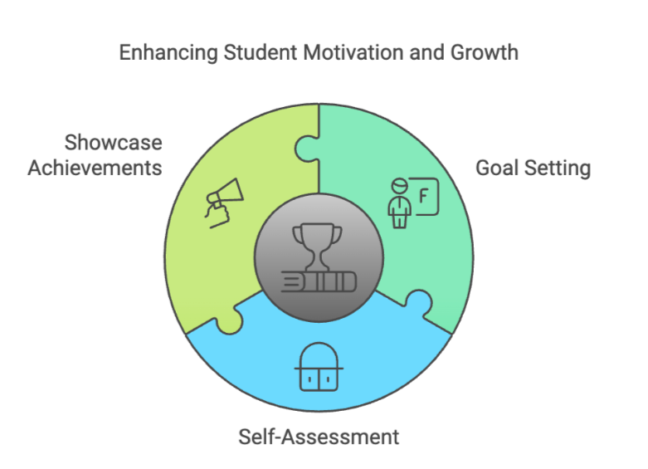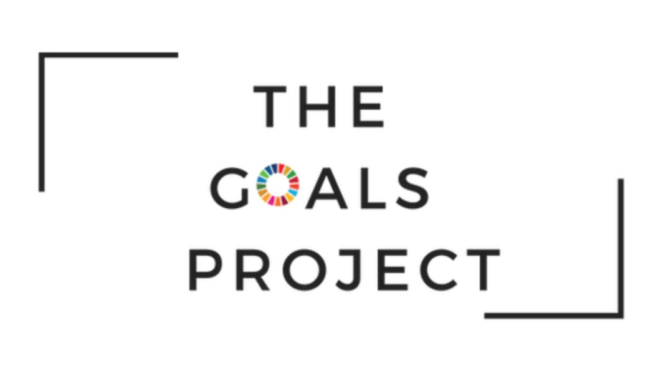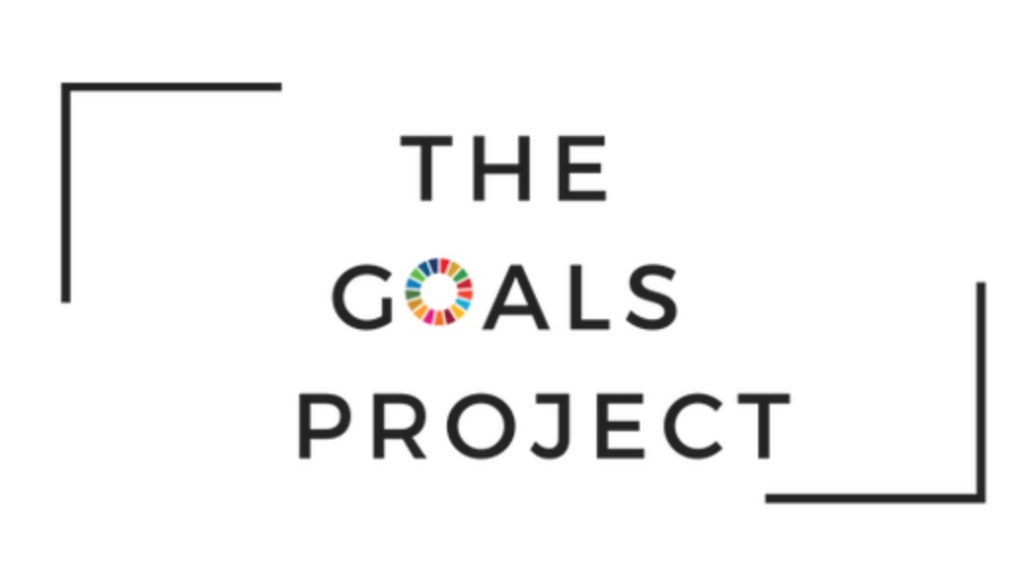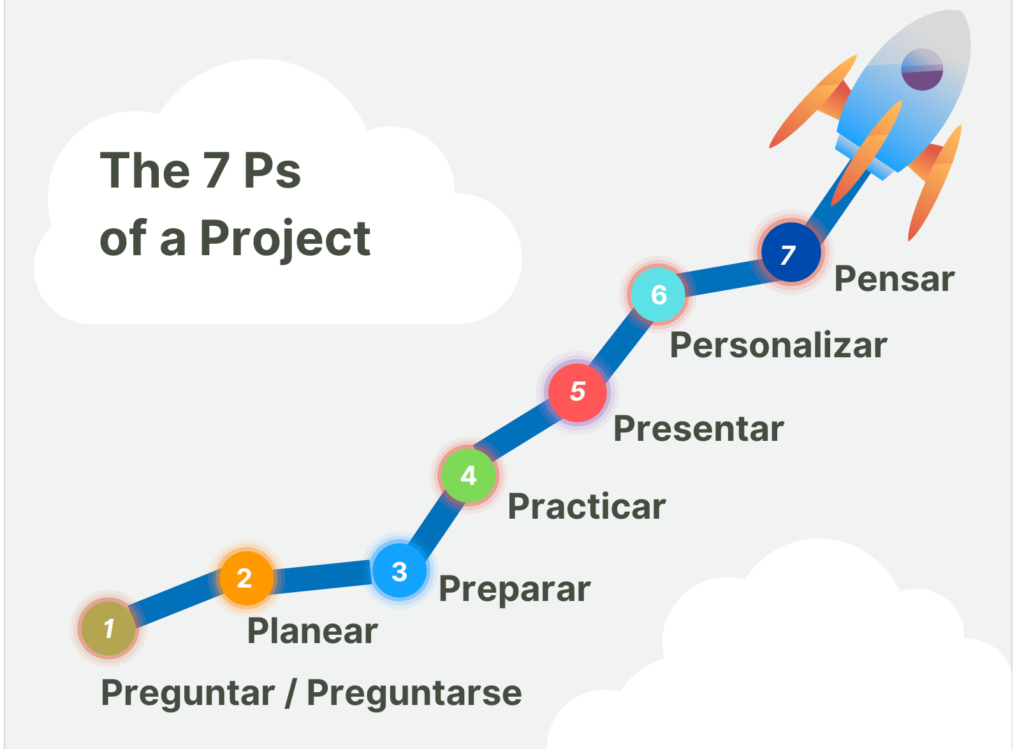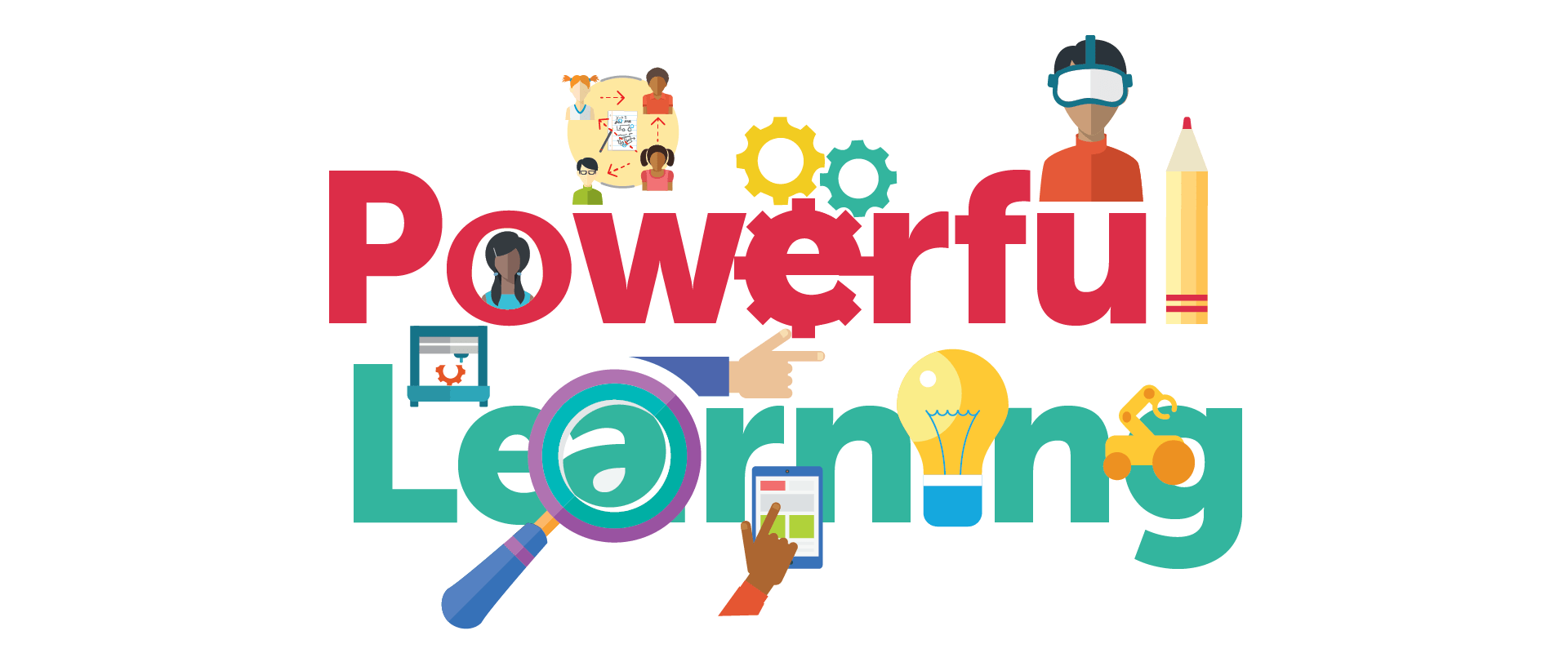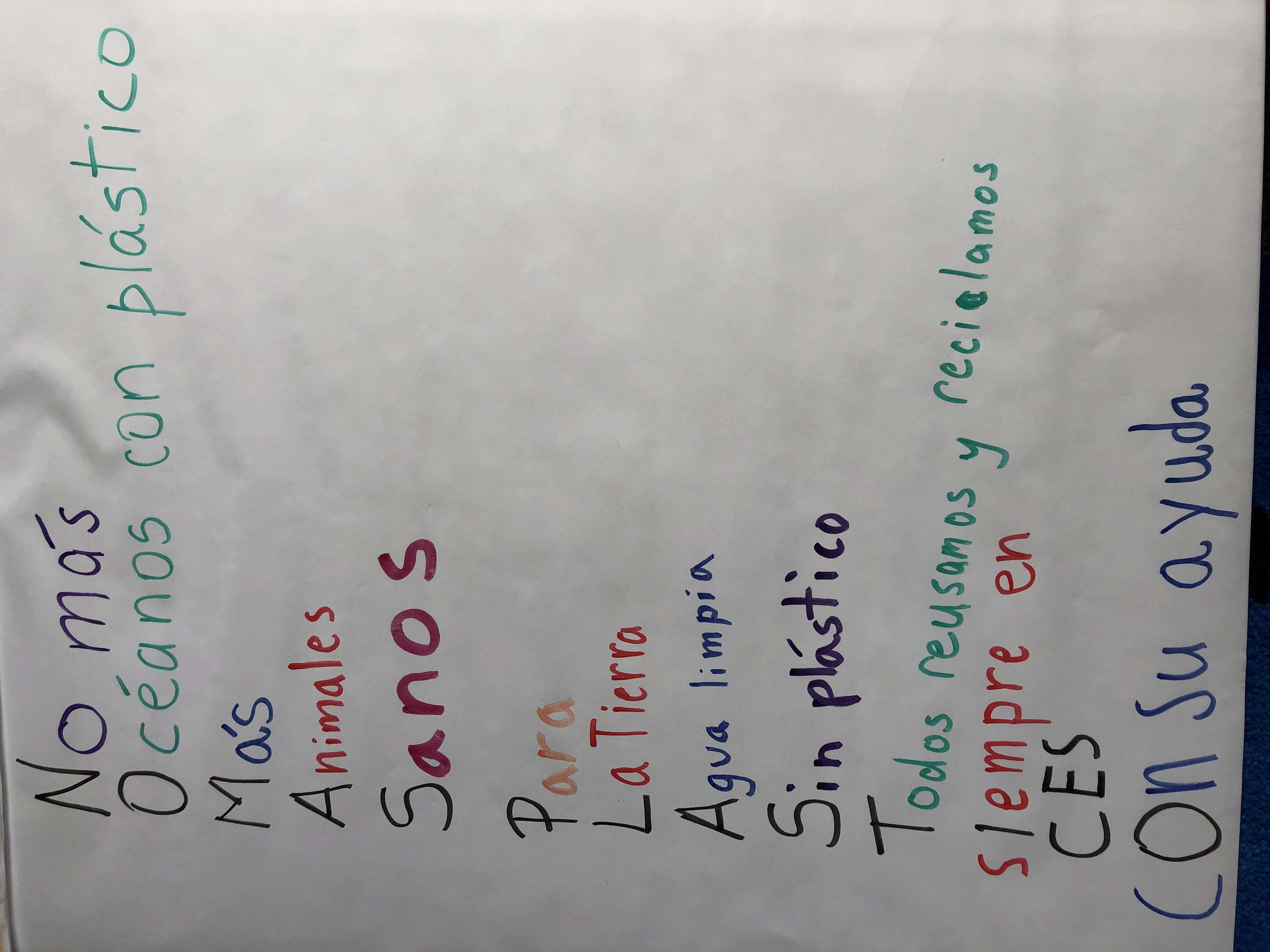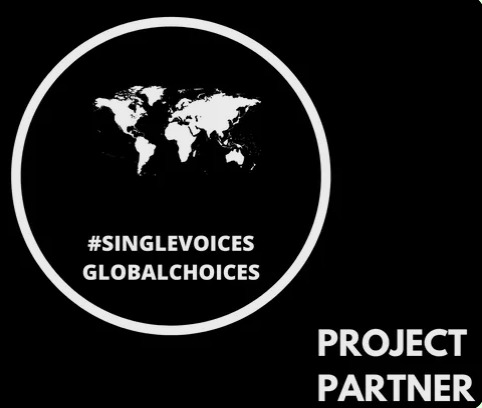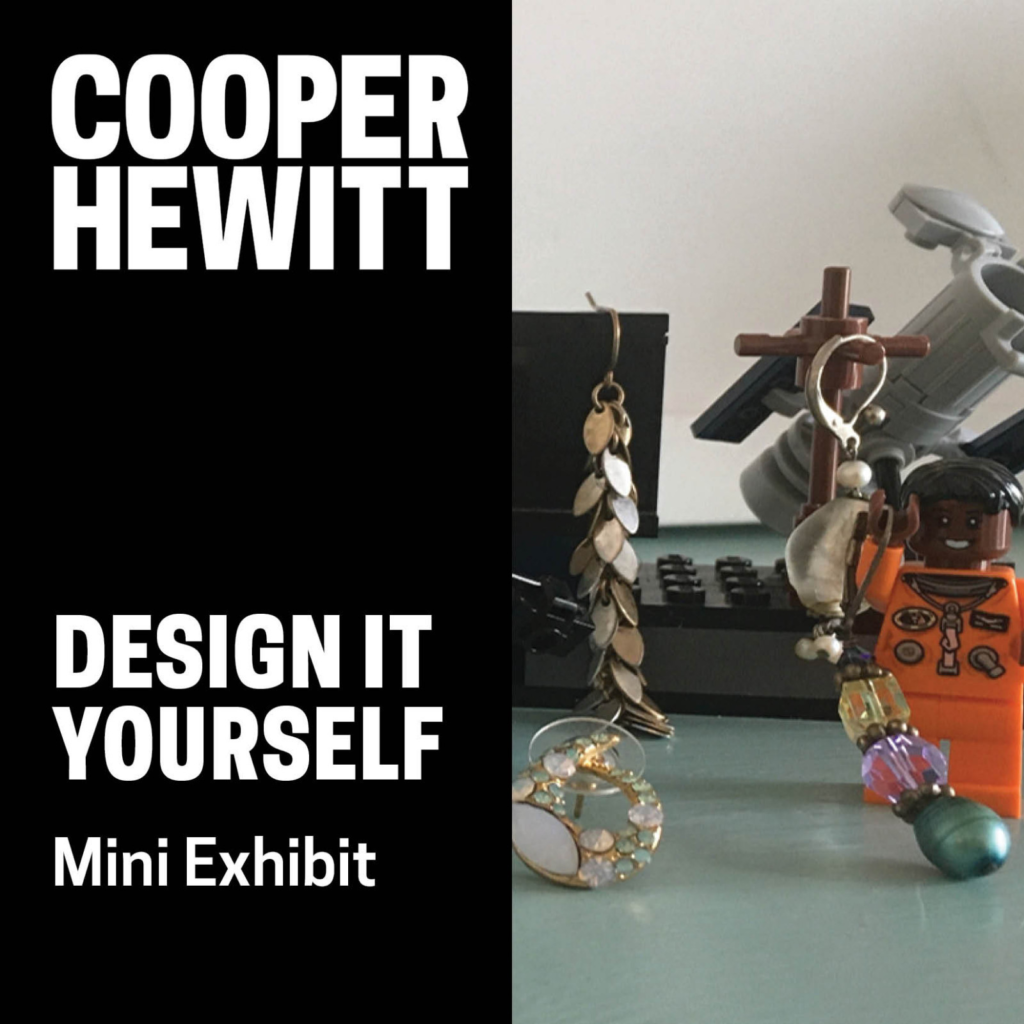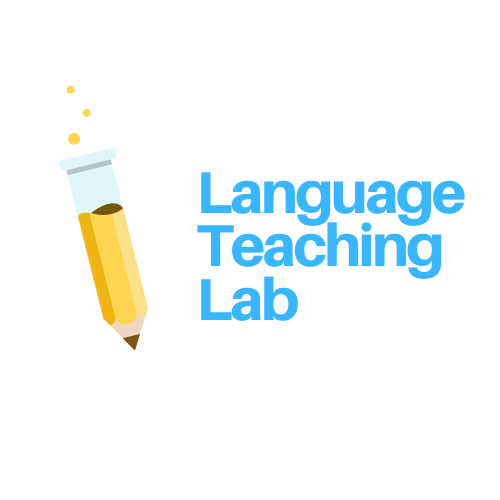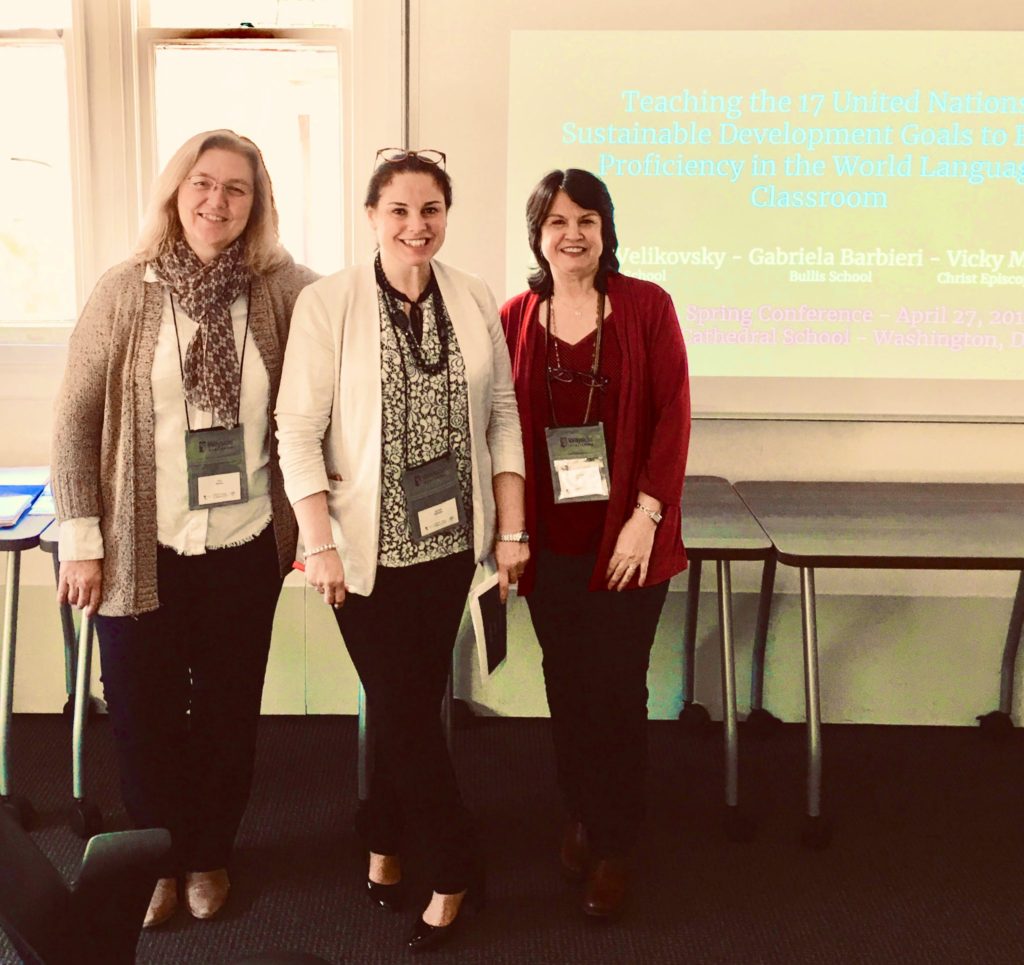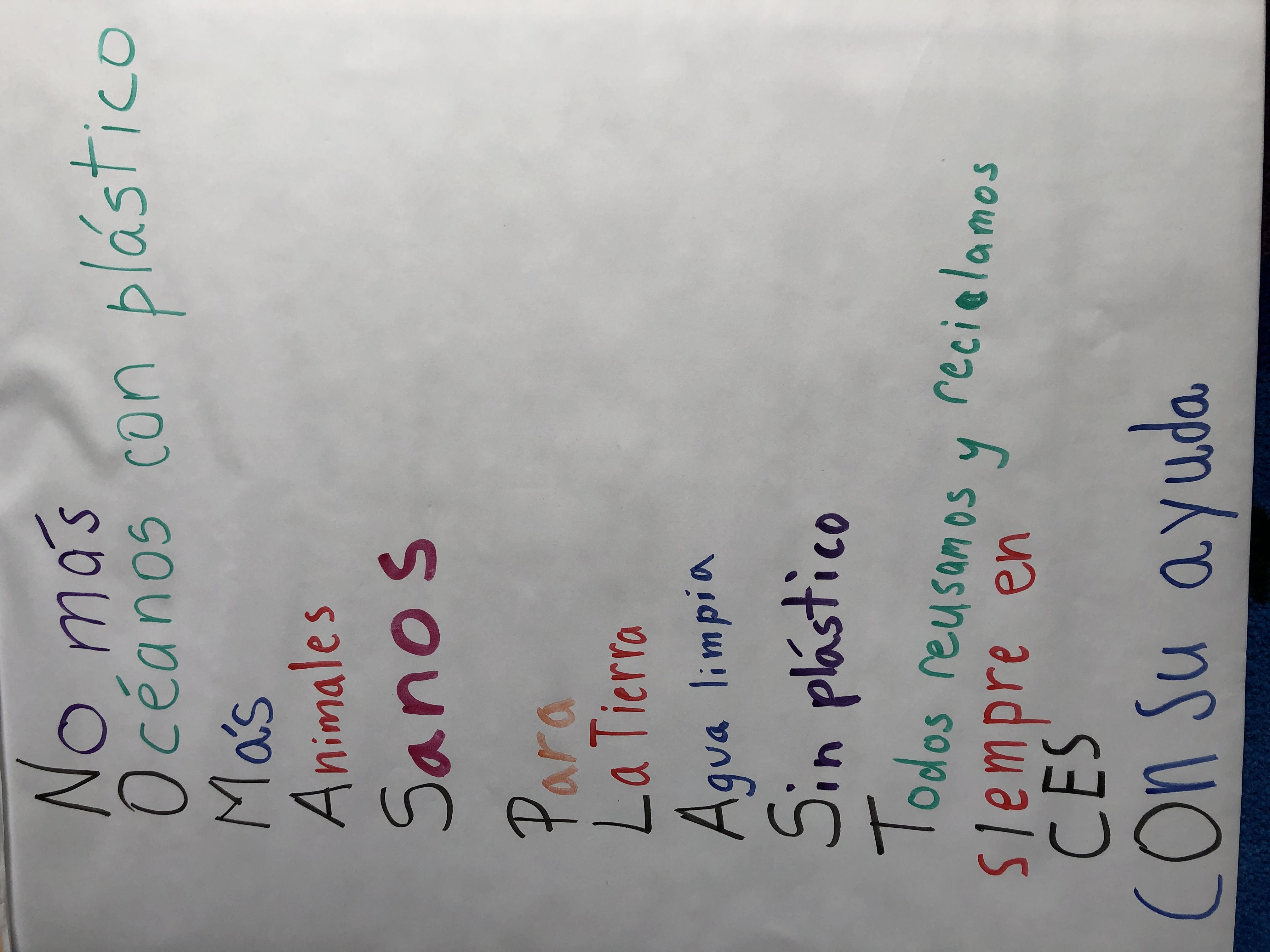by Noemí Rodríguez (LTL Contributor)
As we all continue to get to know our new groups of language learners, I have been working on different systems to set up the school year for success and highlight language proficiency along the way. I believe that implementing portfolios, self-reflection surveys and having constant communication are solid ways to begin the school year.
Portfolios: A Window into Student Growth
Portfolios serve as a valuable tool for tracking student progress and showcasing their achievements. By incorporating a variety of artifacts such as writing samples, audio samples, projects, and reflections, students can develop a sense of ownership over their learning and see their language growth over time. Ideally, if these portfolios can be a part of their World Language program from year to year – what an incredible way to see students grow along the proficiency continuum.
Here are different ways to utilize World Language portfolios:
- Goal Setting: Encourage students to set personalized learning goals at the beginning of the year. Discuss the WHAT & HOW behind the goals they set.
- Showcase Achievements: Celebrate student accomplishments by featuring their best work in their portfolios. This boosts language confidence and encourages future effort. I love being able to pull a students’ portfolio during parent-teacher conferences!
- Self-Assessment: Incorporate opportunities for self-assessment throughout the year. This allows students to reflect on their growth and identify areas for improvement. Here is a self & peer assessment for the writing prompt: Who Am I?
Digital portfolios offer an easy, personalized space to showcase their growth and achievements. By collecting a variety of writing and speaking artifacts digitally and having students reflect on their learning journey, they can develop a much deeper understanding of their progress and look back at any time. I like to use a Google Form to collect all of the URLs of my students and you can view a sample here. Make sure students change their digital portfolio sending to “anyone with a link can view”.
Learner Surveys: Understanding Individual Needs
Are your students auditory, tactile or visual learners? Surveying students can provide insight into their different learning styles, interests, and goals. By gathering this information, we can tailor our instruction to meet their individual needs. Here are a few websites that I have used to determine which type of learner I have in my class. This is one way to collect data about your students and as a result, monitor & adjust my future lessons according to these learning styles.
- What’s Your Learning Style? (educationplanner.org)
- Learning Style Quiz (learningstylequiz.com)
Another way to learn about your students is to simply administer a survey to “get to know them” and their preferences! I like to learn about a students’ interests, self assess on their Spanish speaking/writing/reading/listening abilities and any obstacles and/or future goals they may have for themselves at the start of the school year. I also like to tap into which units of study are of interest and certain in-class activities they prefer.
Here are a few sample Google Form surveys to get to know my students throughout the school year and gather insight on their preferences.
By starting off the year with a language growth goal in mind, at the midway point in the year, I like to one on one conference with students to see whether or not they have met the language goal they had proposed and if they haven’t or are still working towards it, they are then asked to state at least two actions that are reasonable and realistic to help them attain this goal by the end of the school year. It also provides insight to administer a similar survey at the midpoint in the school year and again at the end of the year.
One on one conferencing or conferencing with students in small groups can go a long way. I highly encourage you to set up appointments with students during the first three weeks of school, mid year point and again at the end of the year. I ask students to schedule themselves over that time period using a Google Doc (sample). Even if this means that I only meet with one or two students each time we have class, this ensures that I dedicate quality time in getting to know my students and discussing their progress in my class.
Building Relationships Through Communication
Effective communication is essential for building trust and rapport with students. Here are some strategies to foster positive relationships:
- Open-Door Policy: Maintain an open-door policy to encourage students to seek help and support whenever needed.
- Active Listening: Practice active listening to demonstrate that you value students’ perspectives and concerns.
- Ongoing Written Communication & Reflection: Students have composition notebooks that serve as a weekly reflection.
- Positive Reinforcement: Provide positive feedback and encouragement to reinforce students’ efforts and achievements.
Students also have composition notebooks that serve as their “Yo aprendí” journals. These notebooks are used at the end of every week and students reflect about their progress in class. They add to these notebooks on a weekly basis (beginning classes in English, one paragraph) and I am able to communicate with students directly by adding my own notes and insights on their reflections. We go back & forth each week – so I am always corresponding with students in a low-stakes way about how they feel, what they did well and any goals they have for the next week ahead.
We all understand that it is important to get to know our students and begin to forge relationships right from the first day. By developing strong connections with students, classroom teachers are able to establish climates of respect and mutual understanding in caring, nurturing environments, where student success is celebrated {no matter how big or small!} and learning becomes contagious.
How will you start strong this school year?
